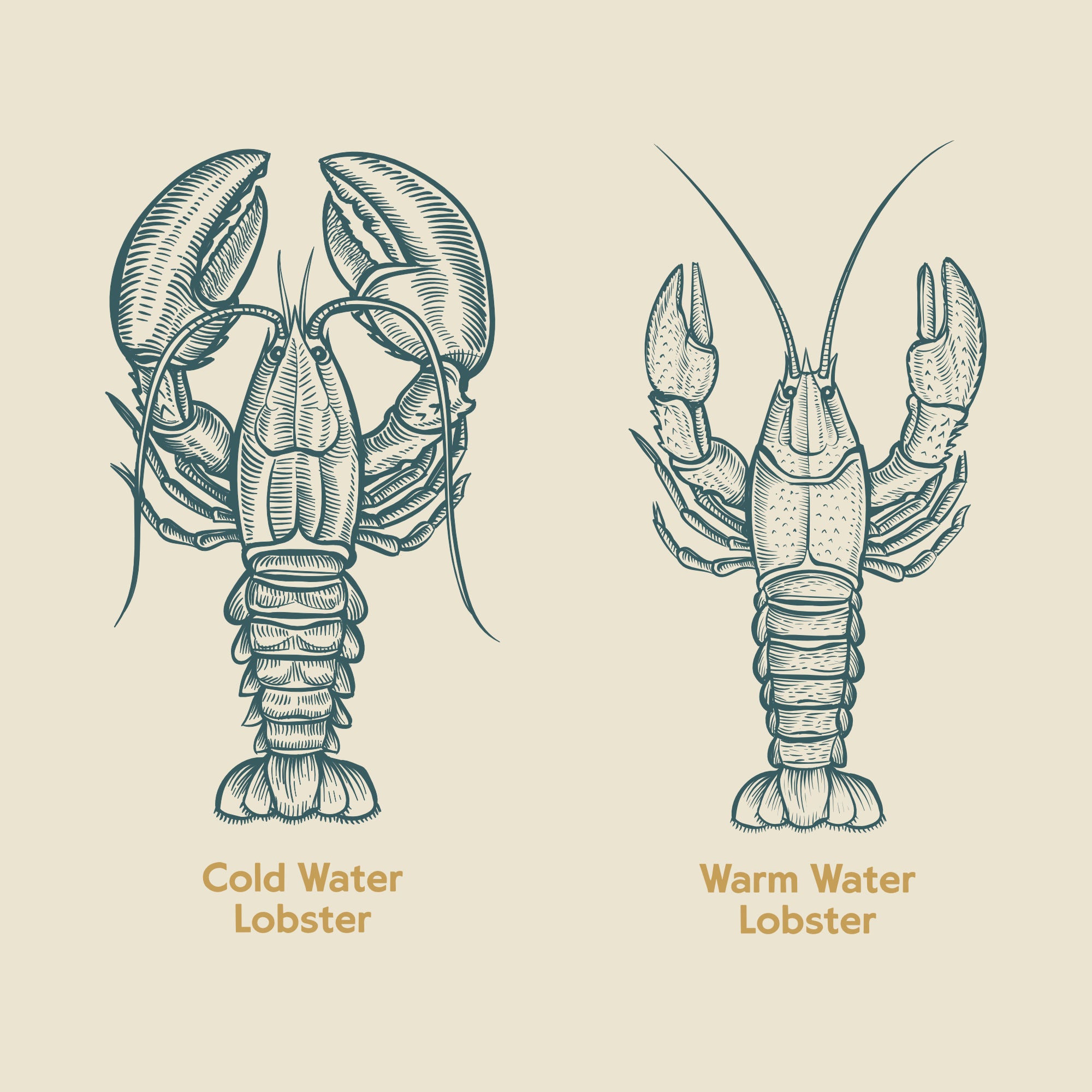When it comes to choosing between cold water and warm water lobster tails, seafood enthusiasts often find themselves in a delicious dilemma. Lobster tails are considered a delicacy around the world, recognized for their tender, sweet meat. However, understanding the differences between cold water and warm water lobster tails can greatly enhance your culinary experience and ensure you make the best choice for your meal.
Cold Water Lobster Tails are highly prized for their superior quality. They come from regions such as the North Atlantic, where the colder temperatures slow down the lobster’s metabolism. This slow growth results in meat that is firmer, juicier, and sweeter. The most recognizable species from these waters is the Maine Lobster, renowned for its rich flavor and succulent texture. Chefs and home cooks alike often prefer cold water lobster tails because they are less likely to become rubbery during cooking, offering a consistently delicious experience.
On the other hand, Warm Water Lobster Tails are sourced from areas like the Caribbean, Florida, and South America. These lobsters grow faster due to the warmer ocean temperatures, leading to softer meat with a slightly different taste profile. They tend to be more affordable, making them an attractive option for those looking to enjoy lobster on a budget. While they might not be as sweet or firm as their cold water counterparts, they can still offer a delightful taste, especially when cooked with complementary flavors and seasonings.

When deciding between the two, it’s crucial to consider not only taste and texture but also how you plan to prepare and serve the lobster. Cold water lobster tails, with their firm and sweet meat, are ideal for grilling, steaming, or boiling. They hold up well to these methods and can be served simply with butter or lemon to highlight their natural flavor. The firm texture also makes them suitable for dishes that require lobster to retain its shape, such as salads or pasta.
Warm water lobster tails, with their softer consistency, work well in recipes where they can absorb rich sauces and spices. Creamy lobster bisques, spicy curries, or dishes featuring robust marinades can benefit from the tender nature of warm water lobster. Though they might not always boast the same depth of flavor as cold water lobster, they offer versatility in recipes that celebrate different culinary traditions.
Ultimately, the decision between cold water and warm water lobster tails depends on personal taste preference and the specific culinary experience you wish to create. For a classic, succulent taste, cold water lobster tails are often the go-to choice. Their sweetness and firm texture make them a favorite for dishes that allow the lobster to shine. If you’re exploring new flavors or cooking on a budget, warm water lobster tails provide a suitable alternative that can complement a variety of cuisines.
When purchasing lobster tails, freshness is paramount, regardless of the type. Look for tails that have been frozen quickly after harvest to ensure the best quality meat. It’s also helpful to buy from reputable seafood suppliers who can provide information on the source of the lobster.
In conclusion, both types of lobster tails have their unique attributes. By understanding these differences, you can make an informed choice that caters to your palate and cooking style. Whether you opt for the renowned flavors of cold water lobster or the versatility of warm water varieties, you’re sure to enjoy a delightful seafood feast. Enjoy experimenting with both and let your taste buds be the ultimate guide in your culinary journey.













